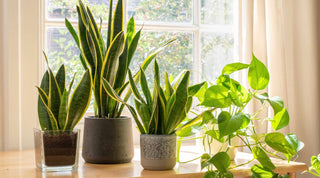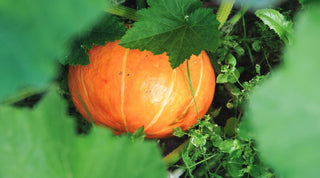Hillside gardening presents unique challenges, but it can transform into a stunning and productive landscape with the right strategies.
This comprehensive guide will provide you with essential tips and techniques for creating a flourishing garden on a slope.

Understanding the Terrain
The first step in hillside gardening is understanding your terrain. Slopes can vary in steepness and soil type, influencing water runoff and nutrient retention. Begin by assessing the slope's angle and soil condition. If the slope is very steep, consider terracing or building retaining walls to create more level planting areas.
Soil Preparation
Soil on slopes often needs better nutrient content and erosion. To counteract this, add organic matter like compost or well-rotted manure. This enriches the soil and improves its structure, enhancing water retention and root penetration. If erosion is a significant issue, consider incorporating larger elements like rocks or boulders to help anchor the soil.
Choosing the Right Plants
Selecting the right plants is crucial for a successful hillside garden. Opt for deep-rooted plants such as shrubs and trees to help stabilize the soil. Ground covers can also prevent soil erosion while adding aesthetic appeal. Consider native plants as they adapt well to local conditions, require less maintenance, and attract native wildlife.
Water Management
Watering on a slope can be challenging due to rapid runoff. Drip irrigation is an effective solution, delivering water directly to the roots and minimizing waste. Consider installing drainage systems to prevent waterlogging and soil erosion in areas with heavy rainfall.
Creating Terraces
Terracing is a highly effective technique for hillside gardening. By creating stepped levels, you can provide flat areas for planting, which makes garden maintenance easier and reduces soil erosion. Terraces can be constructed using various materials such as wood, stone, or concrete blocks. Ensure proper drainage in each terrace to avoid water accumulation.
Planting and Maintenance
When planting on a slope, dig individual terraces or holes for each plant to ensure they are sitting on level ground. This technique helps with water absorption and root establishment. Regular maintenance, such as mulching and pruning, is vital for hillside gardens. Mulch helps retain moisture, suppress weeds, and reduce soil erosion.
Using Ground Covers
Ground covers are ideal for covering large areas of slope with minimal maintenance. They provide a lush, green carpet that helps stabilize the soil and adds visual interest. Choose hardy ground covers that can thrive in your specific climate and soil conditions.
Building Pathways
For accessibility and safety, build pathways or steps into your hillside garden. This makes it easier to navigate and reduces soil compaction from foot traffic. Materials like gravel, wood chips, or stepping stones can be used to create these pathways.
Controlling Erosion
Beyond plant roots and ground covers, consider other erosion control methods like erosion control blankets or terracing with stones. These methods provide immediate stabilization and are especially useful during the establishment phase of your garden.
Embracing the View
Lastly, take advantage of the unique perspective a hillside garden offers. Arrange seating areas or viewpoints to enjoy your elevated garden's panoramic views. With thoughtful design, a hillside garden can become a serene and picturesque retreat.
Conclusion
In conclusion, while hillside gardening requires extra effort and planning, the results can be extraordinarily rewarding. You can create a beautiful and sustainable hillside garden by understanding your slope, preparing the soil, choosing the right plants, and implementing effective water management and erosion control strategies.



